Plant Structures
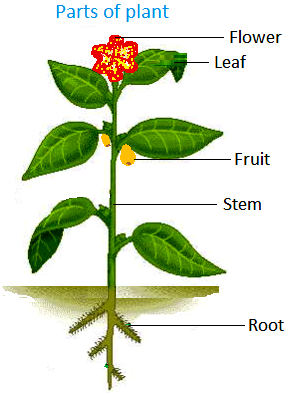
Plant Classification
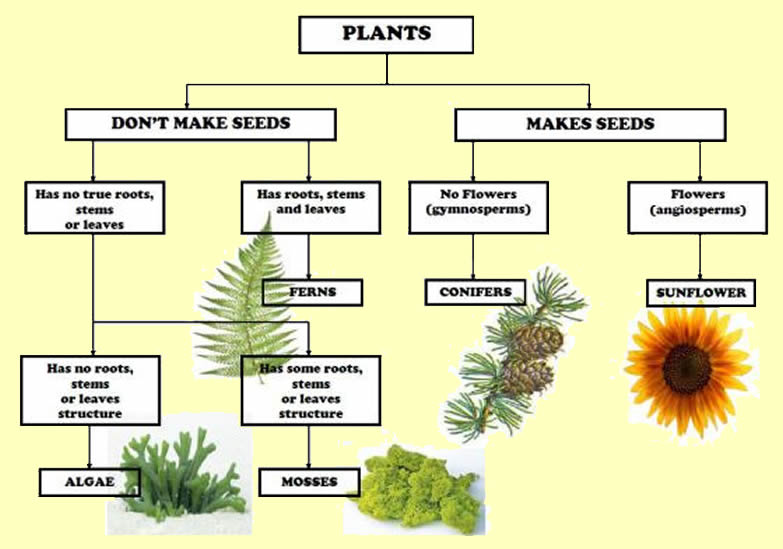
Plant Reproduction
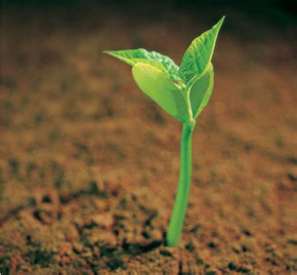
Plants are classified, or grouped, according to how they reproduce, or make new plants. Some plants make seeds, and some plants make spores.
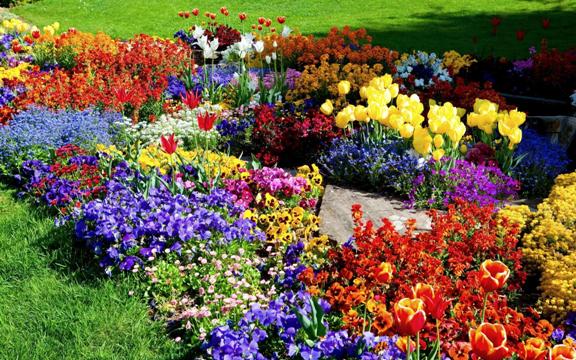
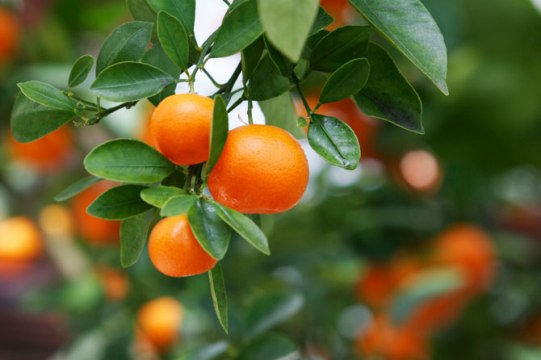

Angiosperms produce seeds inside flowers and fruit.

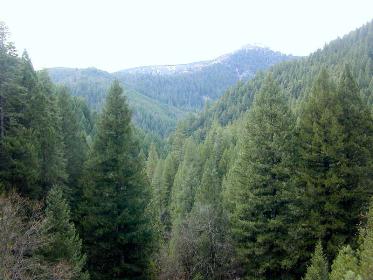
Gymnosperms produce seeds inside cones.

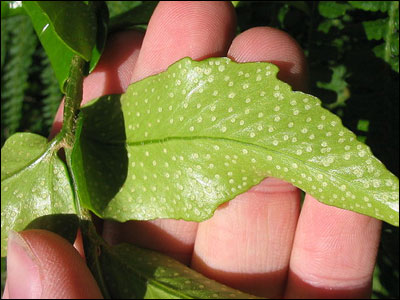
Seedless plants do not produce seeds. Instead, they produce spores.
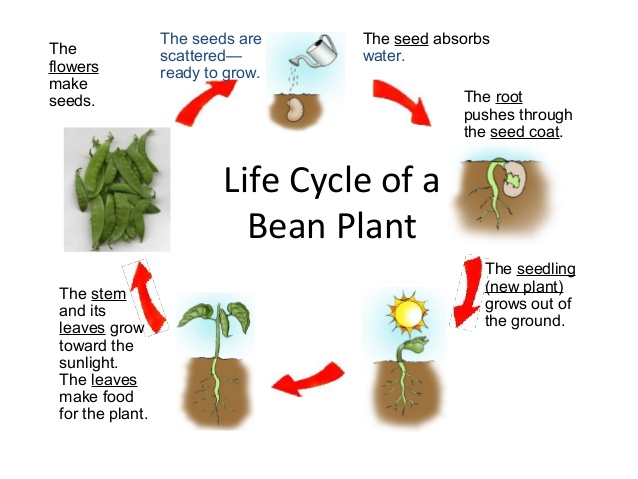
Plants Respond to Stimuli
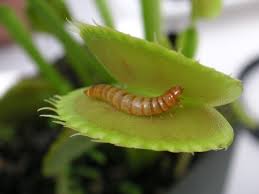
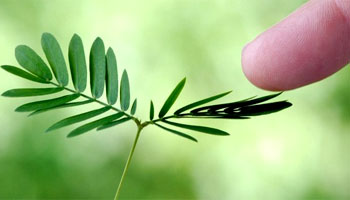
Some plants respond to touch. The Venus Fly Trap closes when it senses an insect. Other plants, like certain ferns, fold up when they are touched for protection. Certain vines curl around poles or fences for extra support. These plants start to grow around the objects that they touch.

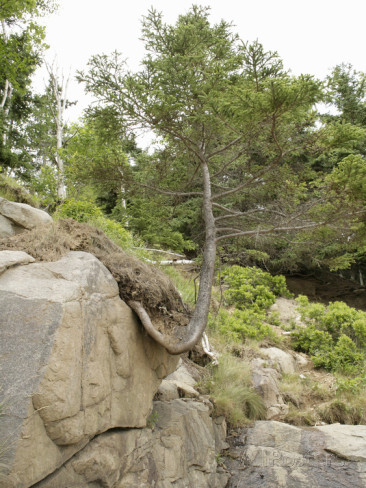
Even if a plant is knocked over, its stem will still grow up, and its roots will still grow down.

Plants will grow toward the Sun, or a different light source. The plants grow this way in order to get the most light energy that they can.
Photosynthesis

Plants Respond to Seasons

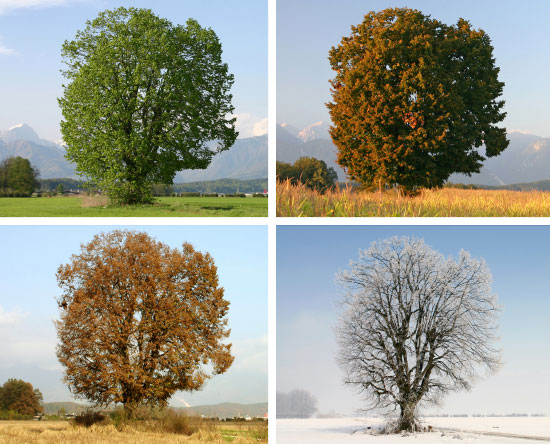
Seedless Plants are Important
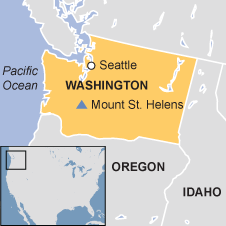
Mt. St. Helens is a volcano located in the state of Washington. In 1980, Mt. St. Helens erupted. As a result, much of the forest around Mt. St. Helens was destroyed. Seedless plants have been very important in helping the forest regrow.
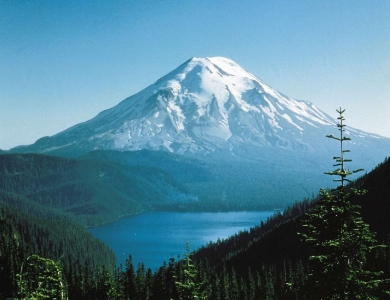
This is what Mt. St. Helens looked like before the eruption.
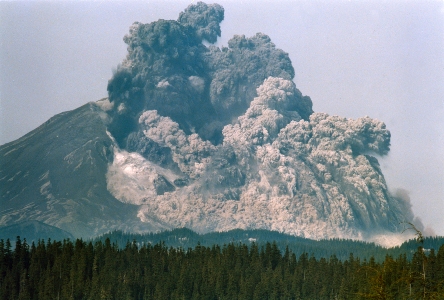
This is what Mt. St. Helens looked like while it was erupting.
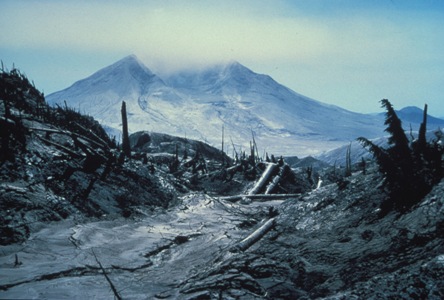
This is what Mt. St. Helens looked like after the eruption.

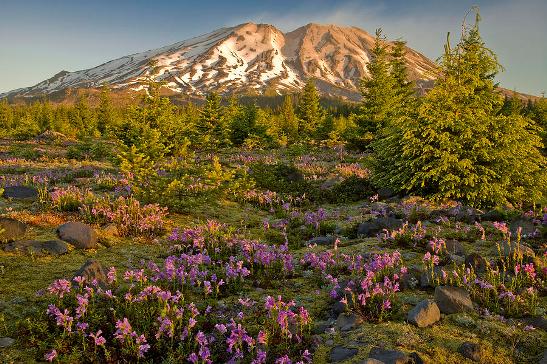
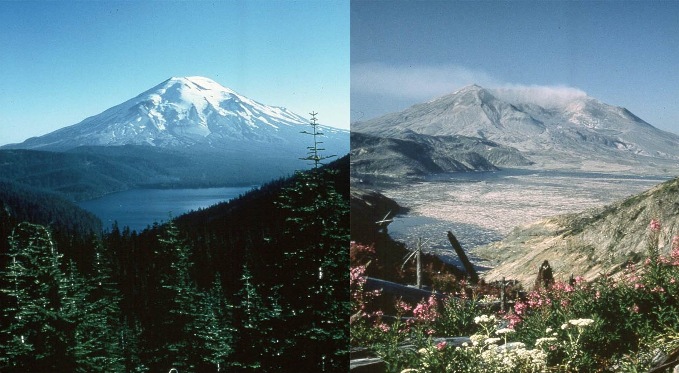
SC.3.L.14.1: Describe structures in plants and their roles in food production, support, water and nutrient transport, and reproduction. Students will identify and/or describe:
- How plants respond to stimuli.
- Processes of reproduction in flowering plants.
SC.3.L.17.2: Recognize that plants use energy from the sun, air, and water to make their own food.
SC.3.L.15.2: Classify flowering and non-flowering plants into major groups such as those that produce seeds, or those like ferns and mosses that produce spores, according to their physical characteristics.
SC.3.L.17.1: Describe how animals and plants respond to changing seasons.